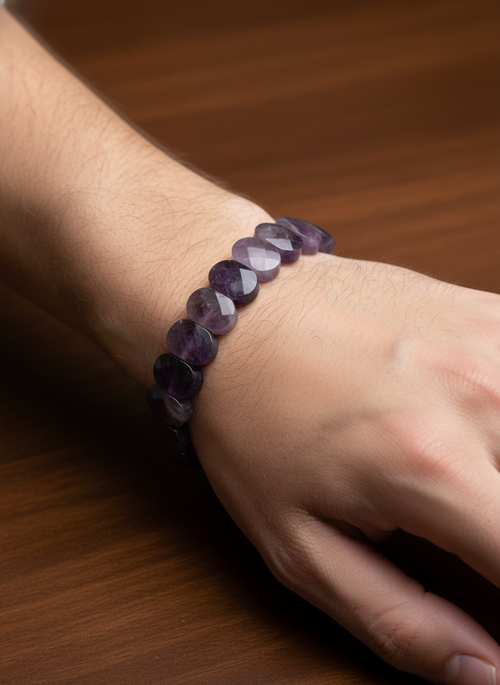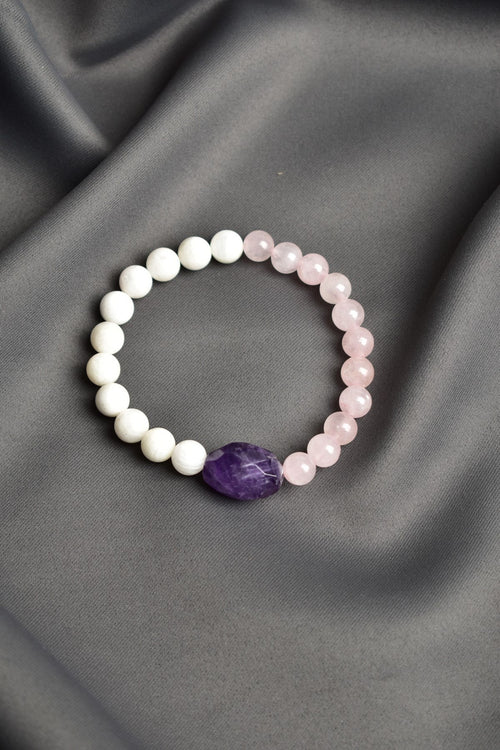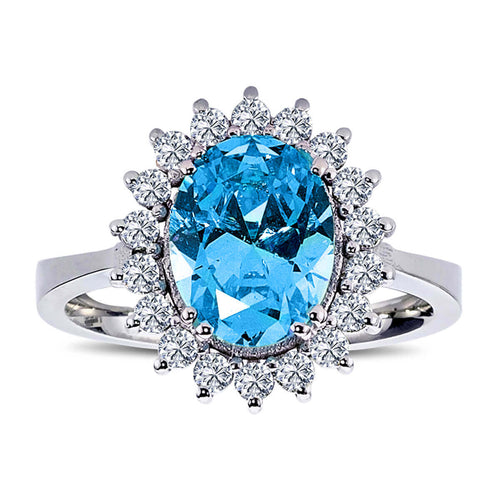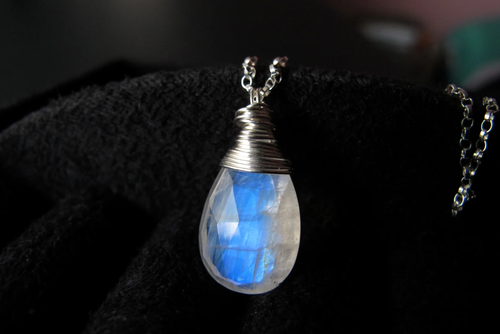ALL PRODUCTS IGSL INTERNATIONAL CERTIFIED
Sugilite is a natural stone known for its vibrant purple hues and is among the rarest gemstones in the jewelry world. First discovered in 1944 by Japanese geologist Ken-ichi Sugi, Sugilite draws attention with its unique color and mystical appearance. This article will provide detailed information about the properties of Sugilite, the regions where it is mined, its geological formation and areas of use.
1. Definition and Properties of Sugilite Stone
Sugilite is a rare circon silicate mineral containing various elements such as potassium, sodium, iron, manganese, aluminum, and lithium. It ranks between 6 and 6.5 on the Mohs hardness scale, making it a durable enough stone to be used in jewelry. Sugilite is most often opaque or translucent, but occasionally transparent crystals are found.
- Color Variations: Sugilite is commonly found in shades of purple, pink, lilac and lavender. The stone's color is due to the elements manganese and iron it contains. High-quality Sugilite stones are known for their vibrant purple and deep lilac colors.
- Crystal System: Sugilite has a hexagonal crystal system. This means that the stone is usually found in the form of prismatic crystals.
- Luster and Transparency: Sugilite has a glass-like luster. Most sugilite stones are opaque, although rare transparent examples do exist.
2. Geological Formation of Sugilite Stone and Regions Where It Is Extracted
Sugilite is usually formed in pegmatites and manganese deposits. This stone crystallizes under high pressure and low temperature conditions. The main countries where sugilite is mined are:
- South Africa: South Africa is the largest producer of Sugilite worldwide. The stones mined here are typically deep purple and mauve in color. The Wessels Manganese Mine in South Africa is the most important source of Sugilite.
- Japan: Sugilite was first discovered in Japan, where it is found primarily on Iwagi Island near Osaka. Sugilite stones in Japan are typically paler shades of purple and are preferred for high-quality jewelry.
- India: Sugilite stones are also found in India, but the stones mined there are generally of lower quality and less vibrant colors.
- Canada: Sugilite deposits are found in some parts of Canada. The stones mined here are usually in shades of purple and pink and are used in jewelry.
3. Areas of Use of Sugilite Stone
Sugilite is used in various areas due to its rarity and unique color. Here are the common uses of Sugilite stone:
- Jewelry: Sugilite is a popular stone used in jewelry making. It is often elegantly set in rings, necklaces, bracelets and earrings. The vibrant purple color of the stone creates an impressive appearance in jewelry, making it unique.
- Collection: Rare and high quality Sugilite stones attract great attention from collectors. They are exhibited in private collections and museums.
- Decoration: Sugilite stone can also be used in decorative arts and interior design. The color and shine of the stone add an aesthetic touch to the designs.
- Investment: Sugilite is also preferred for investment purposes as a precious stone. Especially rare and high quality stones can gain value over time.
4. Care and Cleaning of Sugilite Stone
Sugilite is a stone that needs to be treated with care because it is susceptible to scratches due to its hardness level. Here are some tips on how to care for Sugilite:
- Cleaning: To clean sugilite stone, use warm water and a mild soap. When cleaning the stone, use a soft cloth or brush to clean it gently.
- Storage: Store sugilite separately from other stones to protect it from scratches. Wrapping the stone in a soft cloth can help protect the surface of the stone.
- Protection: When used as jewelry, sugilite should be protected from impacts and excessive pressure. Avoid hitting hard surfaces.



























